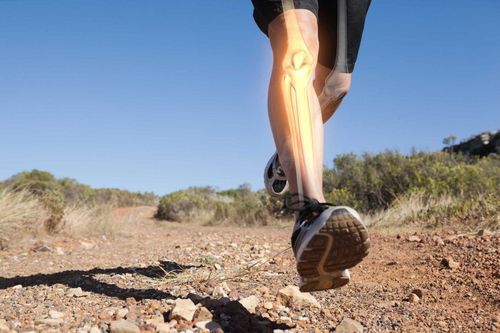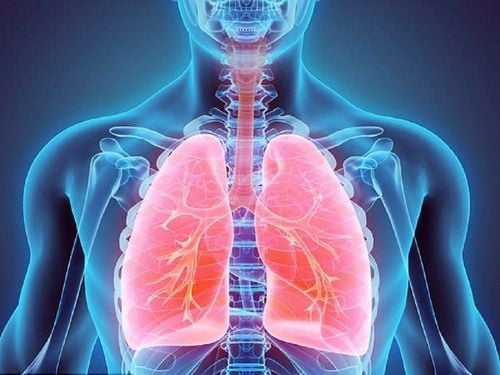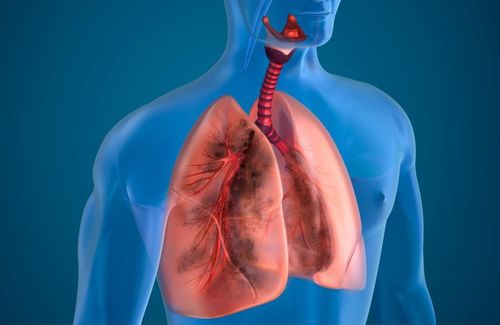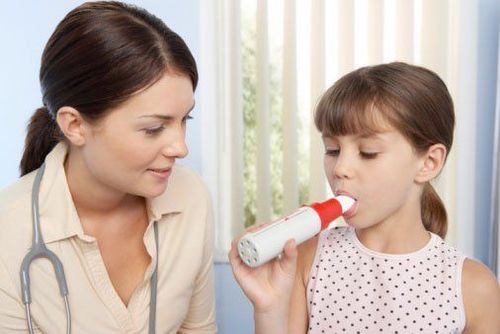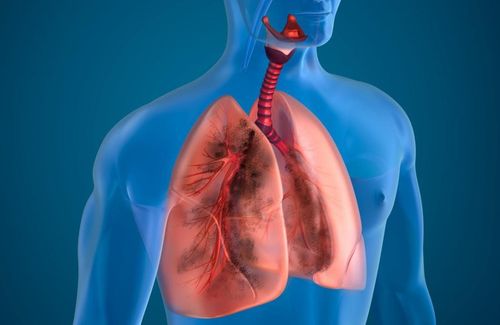This is an automatically translated article.
The article was professionally consulted by Doctor Tran Thi Diem Trang - Respiratory Internal Medicine Doctor - Department of Medical Examination & Internal Medicine - Vinmec Central Park International General Hospital.Treatment of respiratory diseases requires a holistic process that includes treatment of the cause, treatment of symptoms, and rehabilitation. In it, the rehabilitation process plays a very important role.
1. What is Respiratory Rehabilitation?
Respiratory rehabilitation helps relieve symptoms of dyspnea, improve quality of life, increase exercise capacity, stabilize or improve disease, reduce the number of exacerbations requiring hospitalization, reduce the number of days of hospital stay, saving treatment costs.
Rehabilitation will not be applied in the acute phase of respiratory illness. The treatment modality varies depending on the disease, so the requirements will not be the same even though they are all aimed at restoring respiratory function.
In the rehabilitation treatment of chronic diseases, respiratory exercise therapy is increasingly being used with the aim of increasing the respiratory capacity but without increasing oxygen consumption, that is, without causing fatigue to the patient. with the patient.
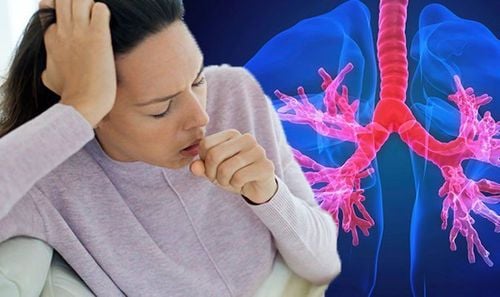
Regarding chronic respiratory diseases (chronic obstructive pulmonary disease - COPD, bronchiectasis, bronchial asthma, pulmonary emphysema ...) respiratory therapy plays an extremely important role. Due to the impact on physiological and mechanical factors of respiratory function, respiratory movement therapy helps the patient expel secretions so that ventilation can take place easily, and the rhythm can be controlled. Breathe and relax during dyspnea, increase gas exchange by practicing effective breathing and training for maximum chest expansion. At the same time, it helps maintain the normal range of motion of the spine and shoulder joints, avoids deformations caused by poor posture, and helps to increase the patient's activity level.
To achieve the above results, the patient needs to practice breathing properly and move the diaphragm to be most effective, and at the same time exercise for the less efficient accessory respiratory muscles to relax. If there is a lot of sputum, the patient should practice effective coughing and postural drainage.
To designate appropriate methods of respiratory rehabilitation, the patient must first be evaluated for pulmonary ventilation function. On that basis, doctors can decide on appropriate rehabilitation techniques.
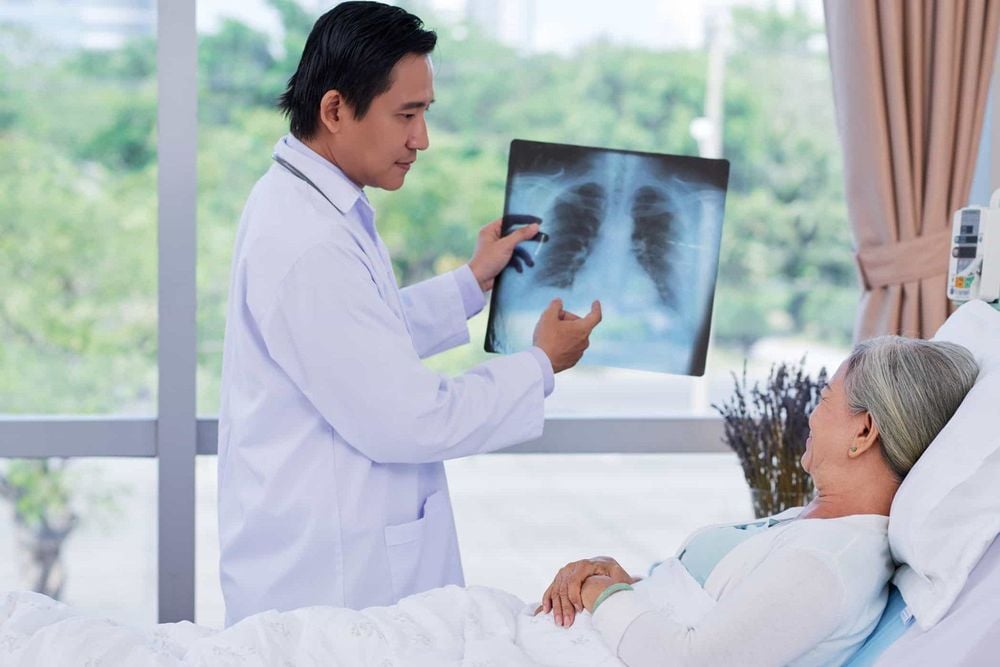
2. Classification of rehabilitation based on disease status
Based on the results of the lung ventilation function test, the pathology of the respiratory organs will be divided as follows:
Group of lung diseases with limited ventilation The purpose of rehabilitation is the pulmonary disease. Restricted air to increase lung ventilation, reduce shortness of breath, reduce the energy needed for breathing by controlling the breathing rate and promoting the maximum activity of the respiratory muscles to support the patient to have enough oxygen in the vital organs. daily activities.
Common diseases in this disease such as: pleural effusion (mainly pleural TB), interstitial pneumonia, pulmonary fibrosis, lung cancer, stable tuberculosis...
Technical indication: exercise productive cough; practice diaphragmatic breathing postures; practice assisted diaphragmatic breathing with resistance; practice diaphragmatic breathing with tools (sticks, ladders, pulleys, cloth belts); physical strength training techniques.
Group of lung diseases with obstructive ventilation disorders Common diseases in this group of lung diseases include: chronic obstructive pulmonary disease (COPD), bronchiectasis, bronchial emphysema, pneumonia, lung abscess. ..
The purpose of rehabilitation in the group of lung diseases with obstructive ventilation disorders is to expel phlegm and fluid in the bronchial airways, open the airways, increase lung ventilation, and reduce difficulty breathing, and at the same time prevent recurrent infections.
Commonly used rehabilitation techniques: effective cough exercises; practice diaphragmatic breathing; practice diaphragmatic breathing with tools (sticks, ladders, pulleys, cloth belts); Postural drainage, combining flapping and thoracic vibration techniques; physical strength training techniques.
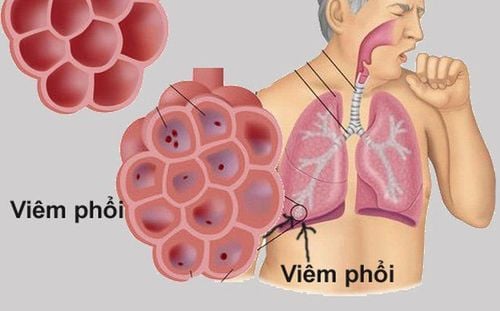
Group of lung diseases with mixed ventilation disorders Common diseases in this group of diseases include: group of diseases after thoracic surgery, exacerbation of chronic obstructive pulmonary disease, pneumonia, lung abscess.
The purpose of rehabilitation in the group of lung diseases with mixed ventilation disorders is to increase lung ventilation, expel phlegm, reduce shortness of breath and prevent recurrent infections.
Techniques commonly indicated: Effective cough exercises; practice diaphragmatic breathing; Postural drainage, combining flapping and thoracic vibration techniques; physical strength training techniques.
3. Respiratory rehabilitation techniques
3.1 Chest flap technique
Purpose:
Mechanical vibration and help loosen stagnant phlegm in the lungs Pulping the lungs will create mechanical waves that act through the chest wall into the lungs Location:
The part corresponding to the stool lobes of the lung Tap the back and sides of the chest wall How to do it:
The technician's hands are always in a folded position, fingers are closed When patting the chest wall, an air cushion will be created between the hand and the chest wall Shoulder The technician's elbow and wrist are kept in a comfortable, soft, non-tendoned state. The patting speed is moderate, not too strong to avoid causing pain and discomfort to the patient The clapping hand may move up or down or go around in a circular fashion When patting, a thin towel must be placed on the skin, Do not hit bony protrusions such as spine, collarbone, shoulder blades.
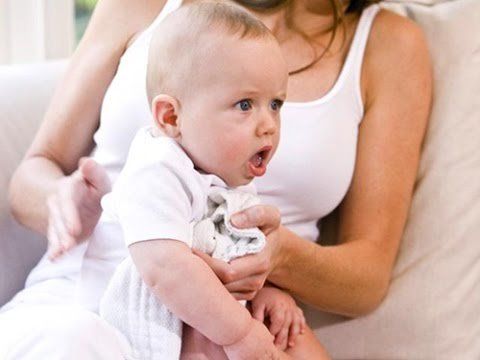
3.2 Thoracic Vibration Technique
Purpose:
Thoracic vibration has mechanical properties, helping to loosen phlegm and move sputum into the bronchi so that sputum is spit out. Location:
Back thoracic vibration How to perform:
Vibration is conducted when the patient exhales The technician puts his hands on the back chest wall, inserts his hands into the interstitial spaces of the patient, when the patient Inhaling deeply will push the ribs out and counteract the pressure. When the patient exhales, the technician presses the hand and gently vibrates the hand gently against the chest wall so that the sputum from the small bronchus goes to the large bronchus and out.
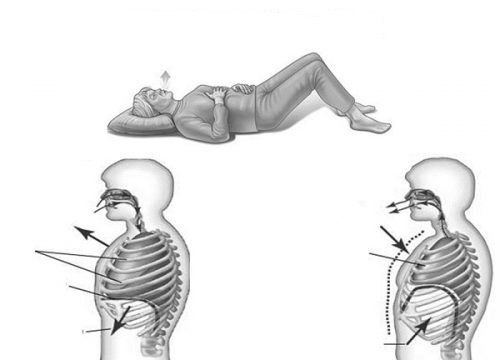
3.3 Breathing techniques
Abdominal breathing (diaphragmatic breathing)
Patient will lie on his back or semi-sitting, knees flexed 45 degrees and hips rotated outside The technician shows the patient: When inhaling The diaphragm descends and the abdomen rises, whereas on expiration, the diaphragm rises and the abdomen concave. The technician places a hand on the patient's epigastrium to monitor the breathing rate, asking the patient to breathe normally. After several breaths, ask the patient to take a deep breath to push the technician's arm up while the technician will resist the push until the patient is able to breathe on their abdomen. Note:
Avoid forced exhalation because it can easily cause atelectasis Avoid excessive prolonged exhalation that leads to actual shortness of breath and irregular breathing Practice only In a short time to avoid causing hyperventilation, the patient should be instructed to practice breathing in different positions such as lying, sitting, walking, and climbing stairs. When practicing breathing in various positions, the patient should put his hand on the epigastrium to control the pattern of breathing. Lobular or flank breathing
The technician's hand is placed on the chest wall corresponding to the lung area that needs to be increased ventilation. Move up and down with the breath a few times and then push the chest as the patient exhales. Allow the chest to move freely as the patient inhales. The technician continues to assist as the patient exhales and resists slightly as the patient inhales, requiring a forced inhalation to push back the technician's hand. This will help the patient breathe in more fully. The above are methods to help patients "actively and actively" in restoring respiratory function.
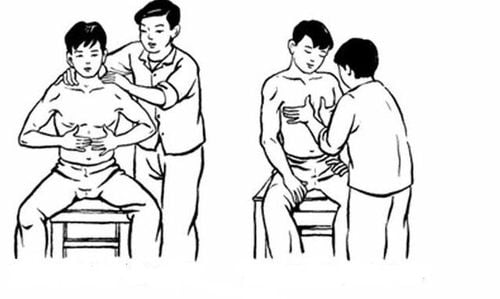
Please dial HOTLINE for more information or register for an appointment HERE. Download MyVinmec app to make appointments faster and to manage your bookings easily.





